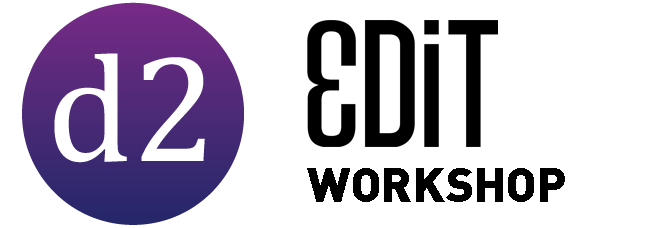

English/Deutsch
We will be going through a real life scenario of an actual project from start to finish. During the two day workshop we will analyze the most important elements that account for the final result – the approach, the intention, the setup, the theory and the praxis behind the final image, as well as adressing the specifics of the image creating process. In short we are going on an image creation journey.
We will be using 3dsMax, Vray and Photoshop.
10:00 – 18:00
PREFACE
Workshop introduction.
CHAPTER I – The It
In this first chapter of our journey we will introduce you to our studio, the current studio set up, the gear that we use and the overall dynamics of our day to day work. We will continue on to talk about the process we employ – what we consider an ideal workflow and what happens when the ideal meets reality. This first block will be finished with a discussion on images – what makes a good image good? We will break down the characteristics of the image that we feel are most important and are a big part of our creative process.
CHAPTER II – The Job
After the break we will talk about the job. This block includes a discussion about the client, the way we approach the project, how communicate and how we organise the work on a project. Following this will be a full description of the project we will be working on – what was the intention of the architect, what are the project tasks as well as the project timeline.
CHAPTER III – The Model
It’s time to start working. First up is the modeling work. We will do a software and plugin breakdown – what software and plugins we utilise to make our process faster? How we structure the modeling assignments, and how does the process go? We will then work on the model and prepare it for rendering.
CHAPTER IV – The Render
Once we have the model all set up, it’s time to work on the render. This block is all Vray – Software and plugin breakdown, camera setup, lights setup, material creation and scene population. We finish off the day with final render setup, and while the render buckets do their thing we can focus on ribs and beer until the morning.
Q & A Session
10:00 – 18:00
PREFACE
This day is all about Photoshop. We will start with a quick overview of our interface setup and with a breakdown of the tools that we most commonly use. Our final renders will be waiting for us and we will be ready to start working.
CHAPTER V – Base Render
In the base render part we will deal with various render elements and the ways to combine them in order to enhace our raw render. We will go in depth of the base render setup and demonstrate how render passes affect the image and the principles we use for utilizing the blend modes while setting up the base in our Photoshop file. Once we setup the elements we will move on to the further tweaking of the base render using adjustment layers and masks. We will demonstrate how to use various ID passes in combination with layer adjustments to isolate and further enhance individual elements in the image. As a final step we will be dealing with alpha masks and various means of removing unwanted artifacts when masking is used in combination with compositing in Photoshop.
CHAPTER VI – Compositing
Upon setting up the base render we will move on to compositing, In this part we will be talking about compositing principles that we use and demonstrate how they apply in real time. We will be analising the image, expanding upon and utilising the thinking process behind the compositing principles. Once we go through this we will start the compositing and look at the difference in using stock imagery and personal archives – pros and cons for both scenarios. Continuing on we will cover the texture blending process – what to look for when searching for textures, and the ways we apply and blend in the texture. In the final part of the compositing block we will cover compositing of the environment – positioning of the elements with the goal of creating one coherent scene, and various methods of cutting, masking and blending of the elements of our composite.
CHAPTER VII – Mastering
This is the final part of our image creating process. We will start with light and shadow painting – cover the diferent ways the treatment and the brush scale can impact the image in terms of light. Moving on we will analise differnet methods of applying blend modes to painted layers. Once we have created the proper light and atmoshpere in the image we move on to final image adjustments where we do overal contrast and color adjustemnts to the image. As a last step we will look at the magic bullet plugin and the ways to utilise the plugin to further enhance the image.
Q & A Session